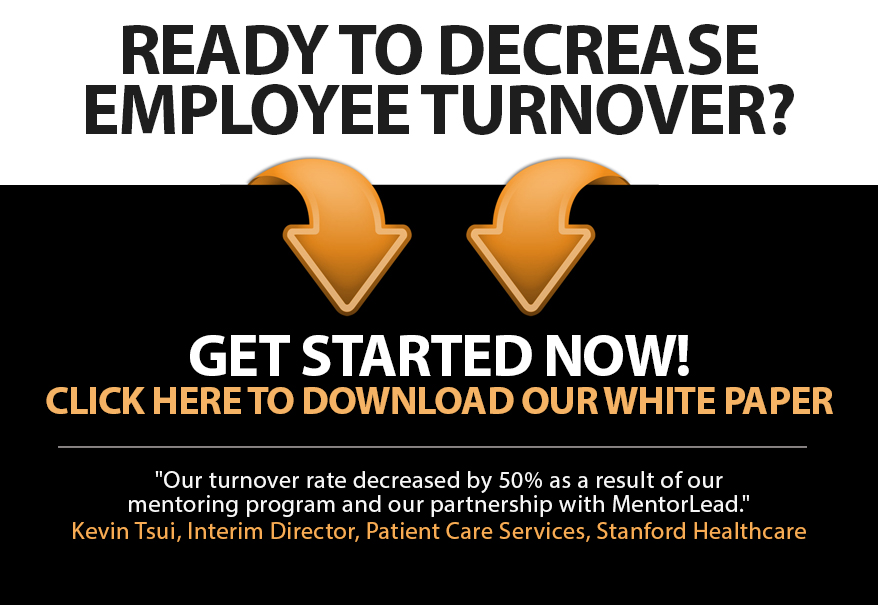Why Olympian Gabby Douglas Chooses Slow-to-Speak
Gold-medal gymnast Gabby Douglas has a new motto: “slow to speak”
Having learned the hard way amid controversies in the 2012 and 2016 Olympics, she is now committed to listening before reacting.
Gabby gets it! Whether we’re leading our team, our children, or Olympic spectators, people are constantly judging us by our reactions and our responses.
Reacting is understandable – we are stressed by pressure, upset by missed expectations, or incensed by injustice. Out of anger or frustration, we easily become fast-to-speak.
But reacting reveals our surly side. Fast-to-speak betrays our commitment to be intentional, empowering, empathetic leaders. And that betrayal erodes people’s loyalty to and trust in us. Not surprisingly, people perceive reactive leaders as less effective.
Alternatively, slow-to-speak affords us the opportunity to be mindful, suspend our judgments, and increase our compassion.
Research shows that people trust their leaders more when they witness their compassion and kindness, and less when they don’t.
And when people trust their leaders, performance improves.
We could win a gold medal in the category of leading if we simply choose more often slow-to-speak.







